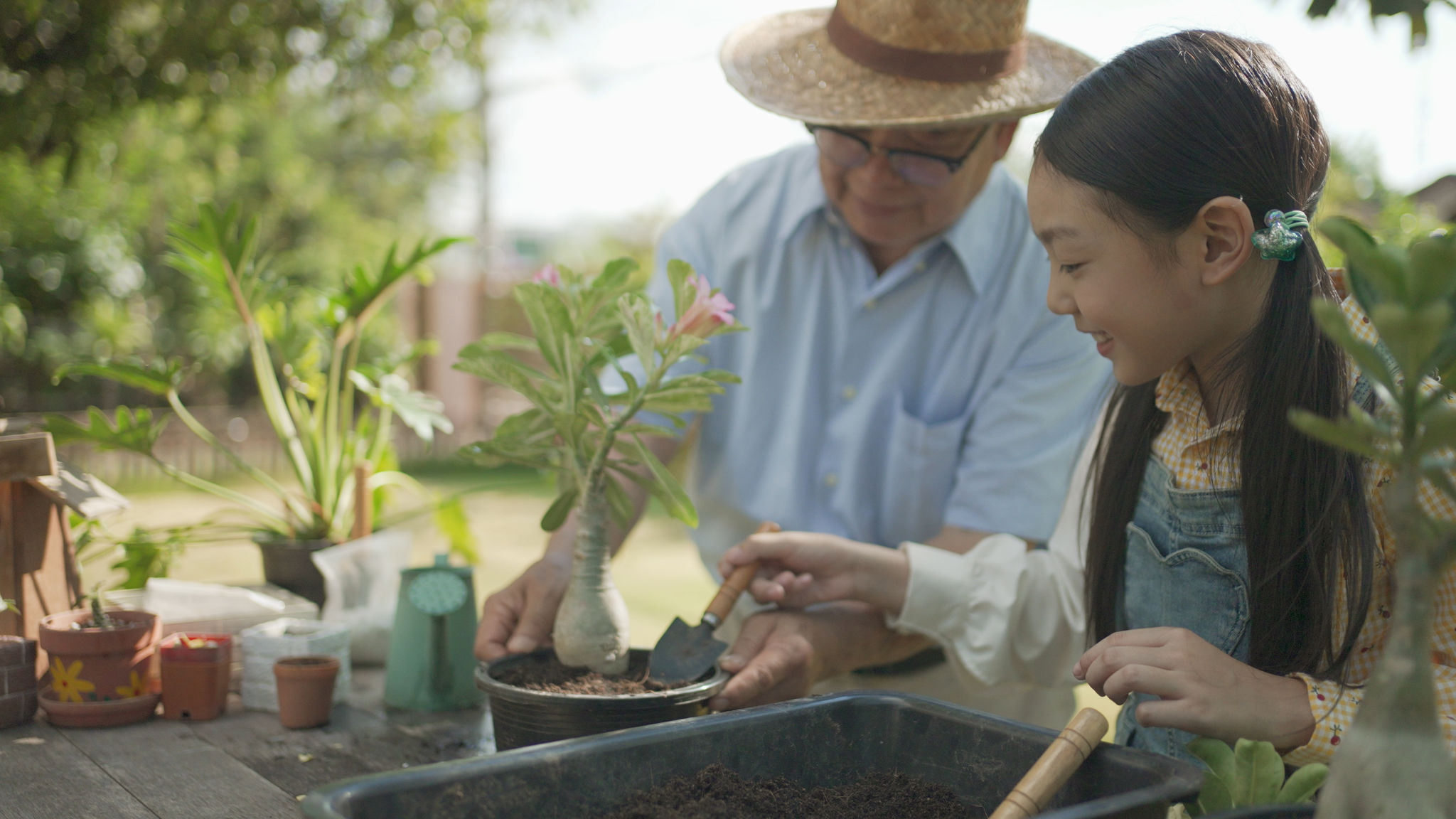Essential Guide to Planning Senior Community Events for Engagement and Fun
Understanding Your Audience
Planning successful senior community events begins with understanding your audience. Seniors today are more active and engaged than ever before, with diverse interests and varying levels of mobility. Take time to gather information on the preferences and needs of the community members. You can conduct surveys or hold informal meetings to get valuable insights into what they enjoy.
Consider factors like age range, cultural backgrounds, and health conditions when planning activities. Understanding these nuances will help you tailor events that resonate with your audience, ensuring higher participation and satisfaction.

Choosing the Right Activities
The key to a successful senior community event is selecting activities that are both engaging and accessible. Activities can range from physical exercises like yoga or dance classes to more relaxed options like book clubs or art workshops. It's essential to offer a mix of activities to cater to different preferences and abilities.
You might consider organizing guest speaker sessions on topics of interest or educational workshops that provide new learning opportunities. The goal is to create an inclusive environment where everyone feels they can participate and contribute.

Logistics and Planning
Effective planning involves careful consideration of logistics to ensure a smooth event. Choose a venue that is easily accessible for all participants, keeping in mind factors such as wheelchair accessibility and proximity to public transportation. Additionally, ensure that the venue has adequate facilities such as restrooms and seating areas.
Once the venue is secured, focus on scheduling. Plan events at times that are convenient for most participants, avoiding early mornings or late evenings when turnout might be lower. Providing transportation options can also significantly boost attendance.
Promoting Your Event
Promotion is crucial to the success of any event. Utilize various channels to spread the word, including flyers, community bulletin boards, social media, and newsletters. Additionally, word-of-mouth remains a powerful tool; encourage participants to invite friends and family members.

Consider offering incentives such as small prizes or refreshments to encourage participation. Collaborate with local businesses or sponsors for additional support and resources that can enhance the event experience.
Ensuring Safety and Comfort
The safety and comfort of participants should be a top priority when planning senior community events. Have medical staff or volunteers on-site who are trained to handle emergencies. Ensure the environment is safe, with well-lit pathways and clear signage.
Provide comfortable seating arrangements and consider temperature control within the venue to maintain a pleasant atmosphere. Accessibility features such as ramps and handrails should be in place if necessary.
Measuring Success and Gathering Feedback
After the event, take time to evaluate its success through feedback from participants. This can be done through surveys or informal discussions. Gather insights on what worked well and what could be improved for future events.

Analyzing participation rates, engagement levels, and overall satisfaction will help you refine your approach and plan even better events in the future. Continuous improvement is key to maintaining a vibrant and active senior community.
